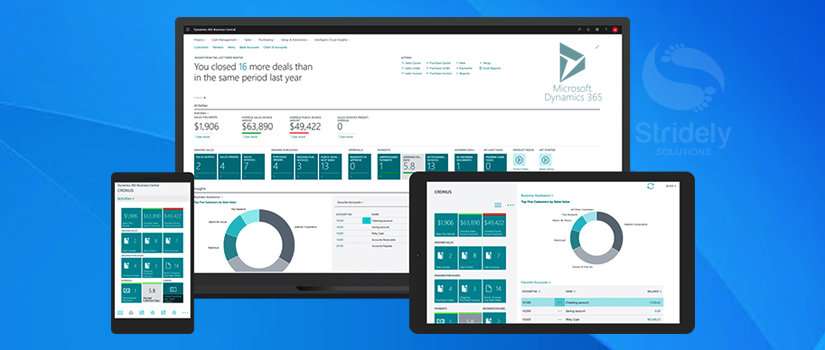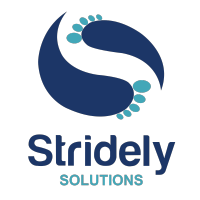Change management for Business Software Solution: What, Why and the Impact?

Remember the last time you incorporated a new software solution within your business ecosystem?
How many of your employees actually appreciate the change and how many apprehend the same. Guess the latter superimposed the former. As so it appears, as much as change is an inevitable process, it is feared more and praised less. Factually, it is human tendency to avoid changes, not to mention the fact that the new system isn’t what everyone is familiar with and the older ones are too friendly.
How to Accelerate Time to Value for your Hybrid IT Strategy with Microsoft Azure?

With more and more organizations moving to the cloud, the focus shifts from where to how fast. What this implies is the time to value rendered by IT operations.
Microsoft Dynamics 365 Business Central – Package Insights, Features and Benefits

Thanks to the wave of digitization, businesses today are more about gaining customer trust and providing employee satisfaction. Gone are the days when the prime concern of an organization was to generate profits. Now, the focus has shifted to improving the line of business operations, in a way streamlining the execution and management of tasks.

